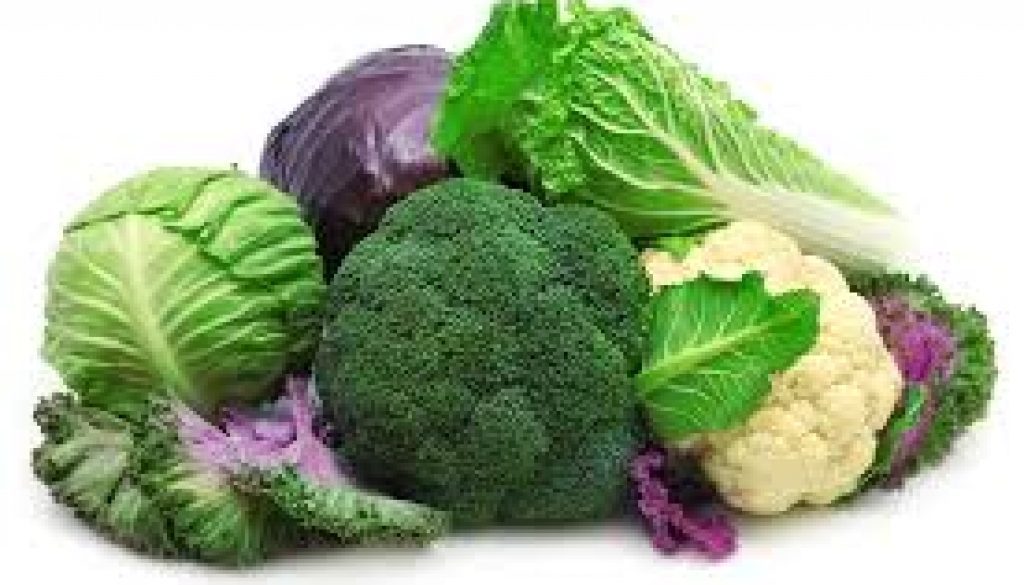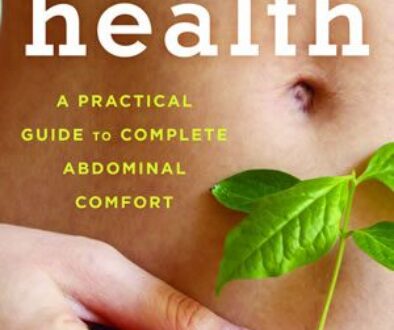What are Cruciferous Vegetables?
Cruciferous, or brassica, vegetables are not just nutritious, but FULL of vitamins and minerals, contain glucosinolates, which give them their potent taste and smell, and fiber to aid in digestion. There are three specific catagories of crucifers:
- Leafy Greens
- Broccoli and friends
- Root Vegetables (some)
Fast Health Tips in these Videos: http://bit.ly/1RYWcvN – SUBSCRIBE.
First, let’s look at Broccoli and Friends:
- Broccoli
- Broccoli sprouts
- Cauliflower
- Brussels sprouts
- Green cabbage
- Red cabbage
All of these are super low in calories, improves digestion, and bowel movements, making cruciferous vegetables a great weight loss food.
Next, Leafy Greens:
- Collard greens
- Mustard greens
- Kale
- Bok choy
- Swiss chard
- Watercress
- Garden Crest
- Bok Choi
- Kohlrabi
- Komatsuna
- Land Crest
- Misuna
- Pok Choi
- Tatsoi
- Watercrest
Cooked kale contains high levels of vitamin K, which reduces osteoporosis and increases blood clotting. Best of all, leafy greens offer calcium… a much healthier source than dairy products.
Finally, let’s look at the Cruciferous Root vegetables:
- Turnips
- Rutabaga
- Radishes
- Horseradish
- Wasabi
So, what’s the big push to eat cruciferous vegetables? Here’s a list:
- Calcium
- Iron
- Potassium
- Vitamin C
- Reduce Cholesterol
- Reduce Blood Pressure
- AND, Anti-Cancer properties that promote apoptosis – cancer cell death, primarily in the lungs, prostate and breasts.
Thyroid Caution:
Goitrogens, a key ingredient in cruciferous vegetables, may, if consumed in high quantities, affect the iodine levels, and ultimately affect the thyroid. But, don’t worry, if you steam, lightly boil, sauté or roast the vegetables, if will reduce the amount of goitrogens absorbed by your body.
It’s all here in Intestinal Health ~ A Practical Guide to Complete Abdominal Comfort http://amzn.to/2ckb2Mm



